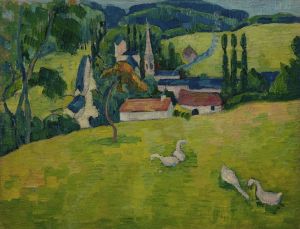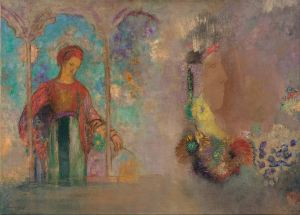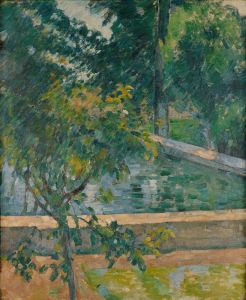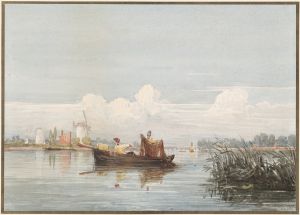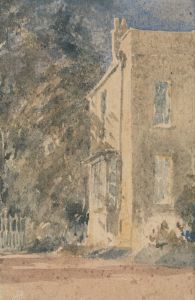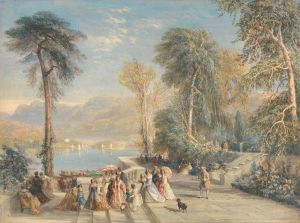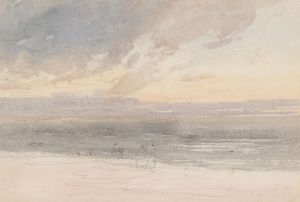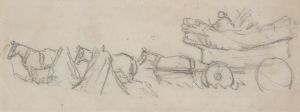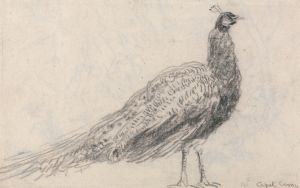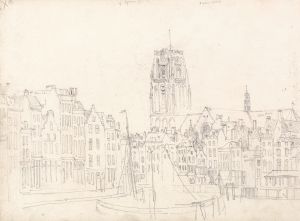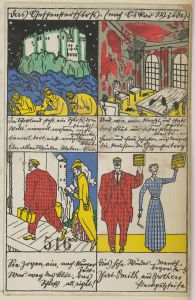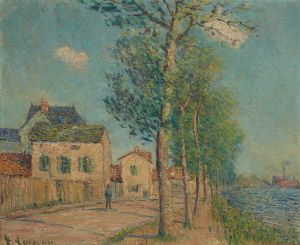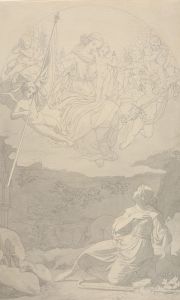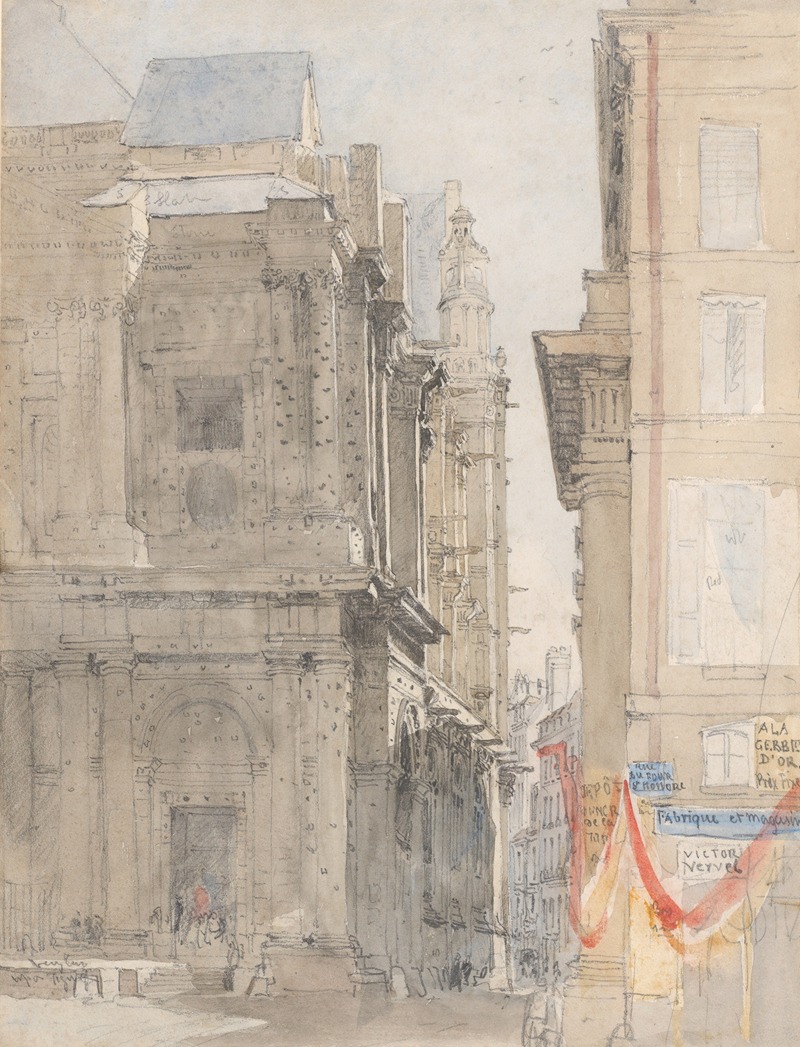
St. Eustache, Paris
A hand-painted replica of David Cox’s masterpiece St. Eustache, Paris, meticulously crafted by professional artists to capture the true essence of the original. Each piece is created with museum-quality canvas and rare mineral pigments, carefully painted by experienced artists with delicate brushstrokes and rich, layered colors to perfectly recreate the texture of the original artwork. Unlike machine-printed reproductions, this hand-painted version brings the painting to life, infused with the artist’s emotions and skill in every stroke. Whether for personal collection or home decoration, it instantly elevates the artistic atmosphere of any space.
David Cox (1783–1859) was a prominent English landscape painter, known for his contributions to the development of watercolor painting. His works are celebrated for their atmospheric effects and the ability to capture the essence of the English countryside. Although Cox primarily focused on English landscapes, he also traveled to other parts of Europe, including France, where he found inspiration for some of his works.
One of Cox's notable paintings is "St. Eustache, Paris," which depicts the Church of St. Eustache, a significant architectural landmark in Paris. The church, located in the 1st arrondissement, is renowned for its Gothic and Renaissance architectural elements. It has been a subject of interest for many artists due to its historical and cultural significance, as well as its impressive architectural features.
In "St. Eustache, Paris," Cox captures the grandeur of the church with his characteristic style, emphasizing light and atmosphere. The painting showcases the church's intricate façade and towering structure, set against the backdrop of the Parisian sky. Cox's use of watercolor allows for a delicate interplay of light and shadow, highlighting the architectural details of the church while also conveying a sense of the bustling life around it.
Cox's visit to Paris and his subsequent works, including "St. Eustache, Paris," reflect the broader trend of British artists traveling to the continent during the 19th century. These journeys were often undertaken to study the works of European masters and to find new sources of inspiration. For Cox, Paris offered a wealth of architectural and cultural subjects that complemented his interest in capturing the interplay between natural and man-made environments.
The painting is a testament to Cox's skill in watercolor, a medium that he helped elevate to a respected art form in Britain. His ability to render atmospheric effects with subtle washes of color and his keen observation of light made his works stand out among his contemporaries. "St. Eustache, Paris" exemplifies these qualities, as it not only depicts a specific location but also evokes the mood and ambiance of the scene.
Cox's work, including "St. Eustache, Paris," has been influential in the development of landscape painting. His approach to capturing the transient effects of light and weather paved the way for later artists, including the Impressionists, who similarly sought to depict the changing qualities of their subjects. While Cox's primary focus remained on the English landscape, his works from his travels, such as this painting, demonstrate his versatility and the breadth of his artistic vision.
Today, David Cox is remembered as one of the leading figures in the history of British watercolor painting. His works continue to be studied and admired for their technical proficiency and their ability to convey the beauty and complexity of the natural world. "St. Eustache, Paris" remains an important piece within his oeuvre, illustrating his engagement with European subjects and his mastery of the watercolor medium.





